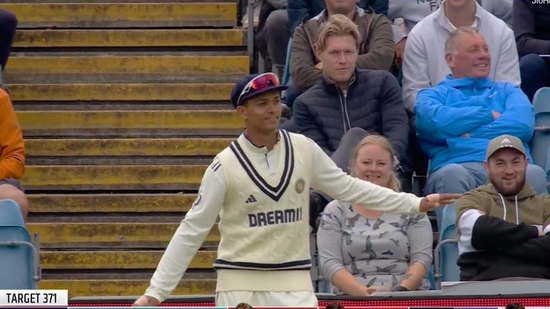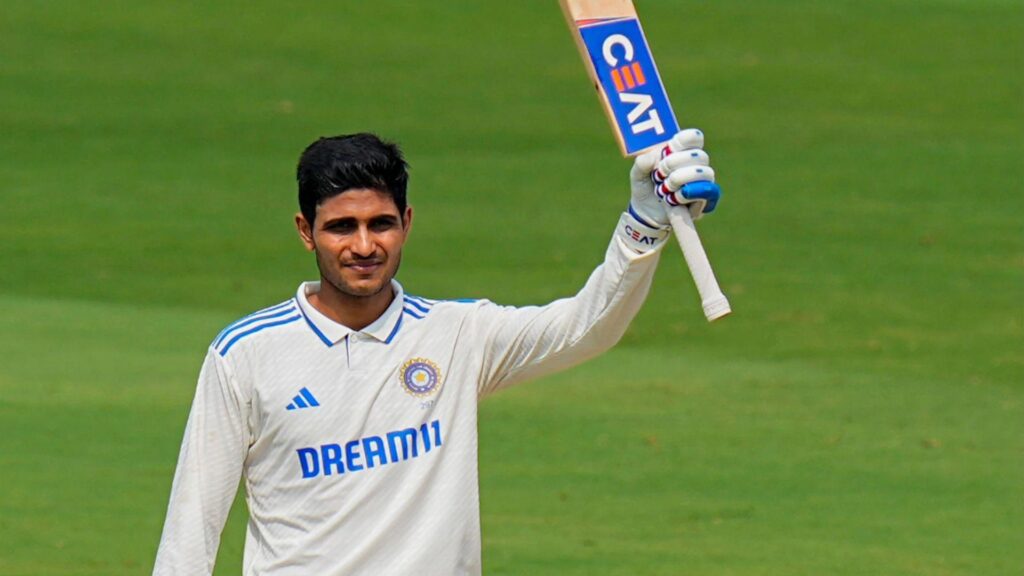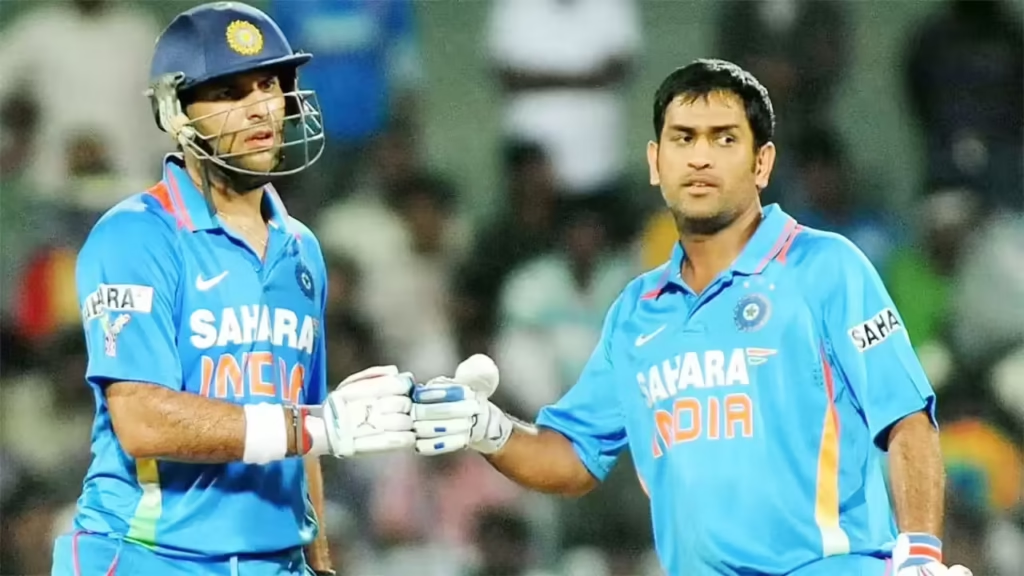Now Reading: Yashasvi Jaiswal Criticised for Dancing in Front of English Crowd After Multiple Drops in Test Match
-
01
Yashasvi Jaiswal Criticised for Dancing in Front of English Crowd After Multiple Drops in Test Match
Yashasvi Jaiswal Criticised for Dancing in Front of English Crowd After Multiple Drops in Test Match

Indian cricketer Yashasvi Jaiswal has found himself at the centre of social media backlash after a video surfaced showing him dancing in front of the English crowd—just moments after dropping four catches during the Test match. While the gesture was seemingly light-hearted, many fans and former players called it ill-timed, given India’s challenging position in the game. The incident has sparked a wider debate about on-field focus and professionalism.
Fans Question Timing, Not Talent
Jaiswal, known for his aggressive batting and youthful energy, was caught on camera playfully dancing near the boundary rope after a day’s play. However, the clip quickly went viral, not for the celebration, but for the context—he had earlier missed four catch opportunities, some of which could have shifted momentum in India’s favour.
Many fans felt the dance reflected poor judgment rather than bad intent. Criticism poured in, with some saying that such behaviour would not be tolerated under a stricter captain like Rohit Sharma.
Mixed Reactions from Cricketing Circles
While a section of fans defended the youngster, citing his age and natural exuberance, others were more critical. Former players emphasised that representing the national side demands not only skill but also situational awareness and maturity—especially in high-pressure away games like the one against England.
Team insiders have not issued an official comment, but sources suggest the management may privately speak to the player about reading the moment better on such occasions.
Why This Strikes a Chord in Tier 2 India
Jaiswal’s journey from a humble background to international cricket has inspired countless young cricketers, especially in Tier 2 cities like Indore, Ranchi, and Jaipur. His discipline, rise through domestic ranks, and raw talent are admired by aspiring players across smaller towns.
However, incidents like this can also affect how role models are perceived in these regions. Parents and coaches often highlight national players’ behaviour as lessons in conduct—on and off the field. For many in Tier 2 cities, who treat cricket with near-religious respect, such actions can feel disappointing.
Team Culture and Player Expectations
The Indian cricket team has historically valued discipline and emotional control, especially during international tours. While occasional humour and team spirit are welcome, timing and context matter—something that every player, especially newcomers, must learn with experience.
Experts believe Jaiswal has the talent to become a long-term asset to India but must balance flair with responsibility, particularly when wearing the national jersey.
Conclusion
Yashasvi Jaiswal’s dance in front of the English crowd may have been harmless fun in his eyes, but the moment has ignited larger conversations about professionalism, perception, and respect for the game. As Indian cricket evolves with a younger generation stepping in, such instances highlight the need for balance between expression and expectation—especially for those seen as the future of the sport.

























